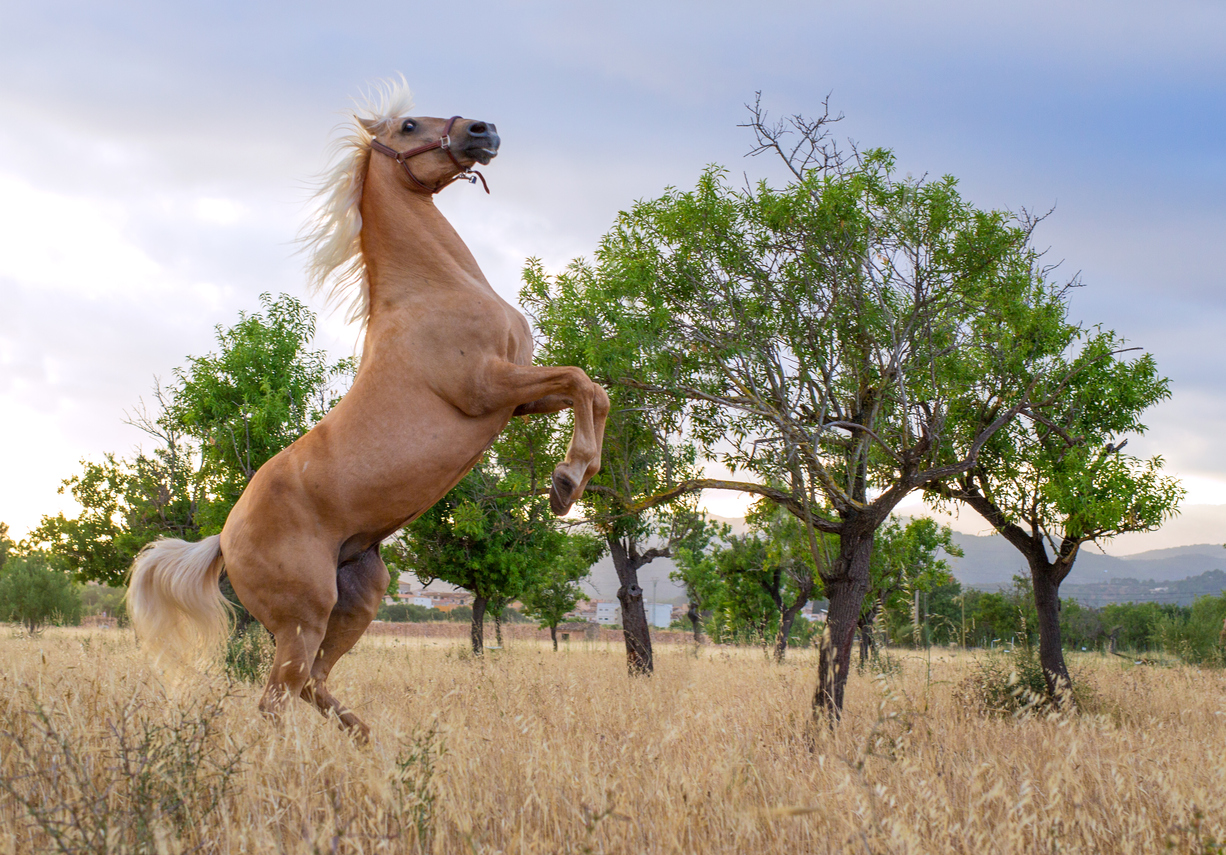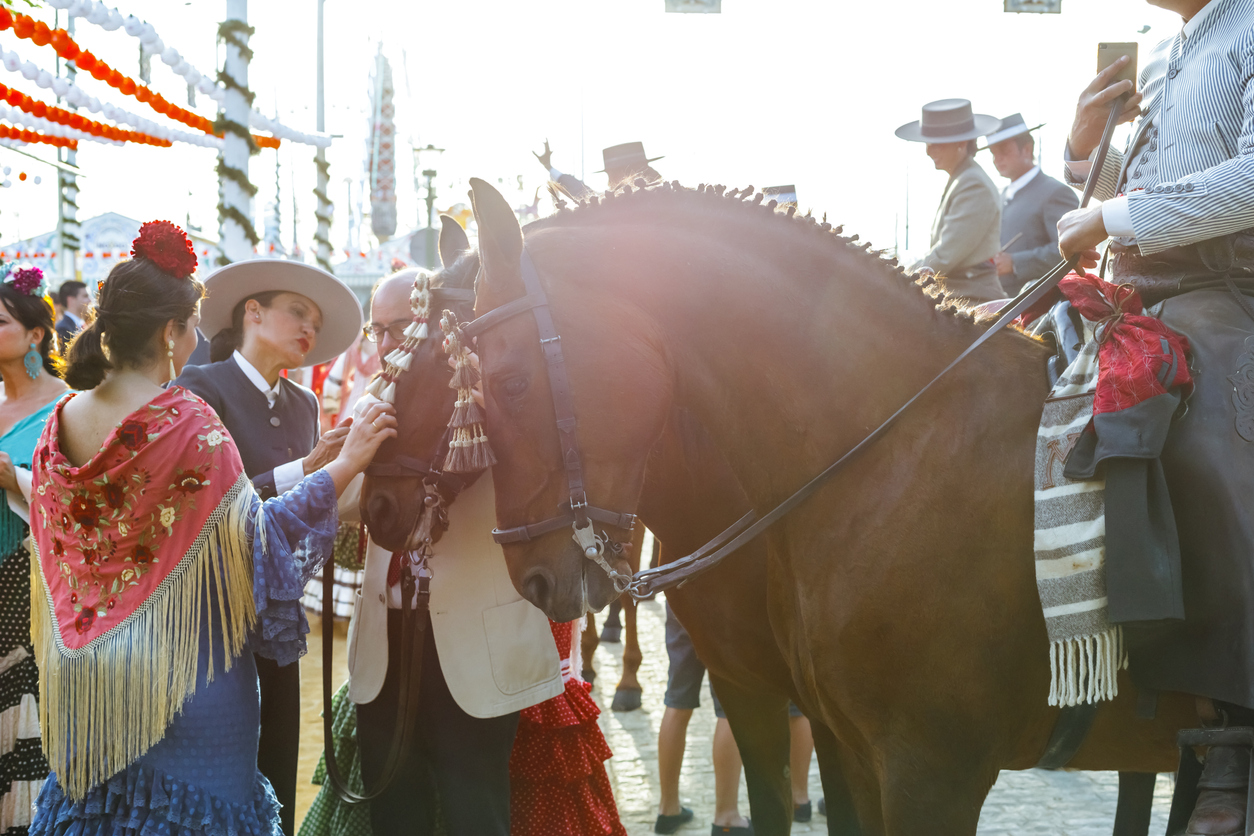 Kerrick
Kerrick
Cave paintings have proved that equines have existed in Iberia as far back as around 30,000 BCE, and at least 18 breeds of Iberian horses have come down to the present day, with the most reknowned being the caballo andaluz (also known as the “pure Spanish horse”, pura raza española or PRE), a proud, elegant, and all-around gorgeous creature that of course originally hails from the Andalusia region and has become one of the world’s most celebrated examples of Equus ferus.
 Shootdiem
Shootdiem
Recognised as a distinct and distinguished breed since the 15th century, and known for their intelligence, sensitivity, athleticism, and docility, Andalusians feature with arched necks; long, thick manes and tails; and massive chests, averaging more than 510 kilos (nearly 1,130 pounds). In colour they tend mostly to be grey, though found in all hues and variations; and move as elegantly as they look. Back in the day, they were bred on stud farms at several Roman Catholic charterhouses (Carthusian monasteries) in Andalusia such as those in Jerez de la Frontera and Seville.
In Spanish history they became legendary war horses – some even known by name, such as Babieca, the horse of El Cid, a reknowned 12th-century hero of the Reconquest of Spain from the Muslims. And the country’s monarchs liked to send “the horse of kings” throughout Europe as gifts between royal families as well as kind of ambassadors of prestige (you can still see their legacy at Vienna‘s reknowned, Baroque Spanische Hofreitschule (Spanish Riding School), and their use by 16th-century conquistadors in the Americas disseminated their genetics to new breeds such as the American Azteca. Besides military use, Andalusians have played (and still play) a role in in bull fighting, and of course these days are huge in dressage, show jumping, and other equestrian events.
You can spot these noble equines at festivals in southern Spain throughout the year. But for a guaranteed sighting and breathtaking experience of the grace and charisma of this breed, come to the Real Escuela Anzaluza del Arte Ecuestre (Royal Andalusian School of Equestrian Arts) in Jerez (also, of course, known for its sherry wine industry and culture), to see these magnificent beasts prancing and dancing in the exhibition ring as well as tour the building in which the school is situated, the handsome 19th-century Palacio del Recreo de las Cadenas (designed by the architect of the Paris Opera and the Casino of Monaco), along with its gardens and carriages museum.
In addition, a number of guest ranches throughout Spain – but especially the south – offer a chance to get even more up close and personal, with riding packages from one night to several nights in length. It will be an experience to treasure forever!

